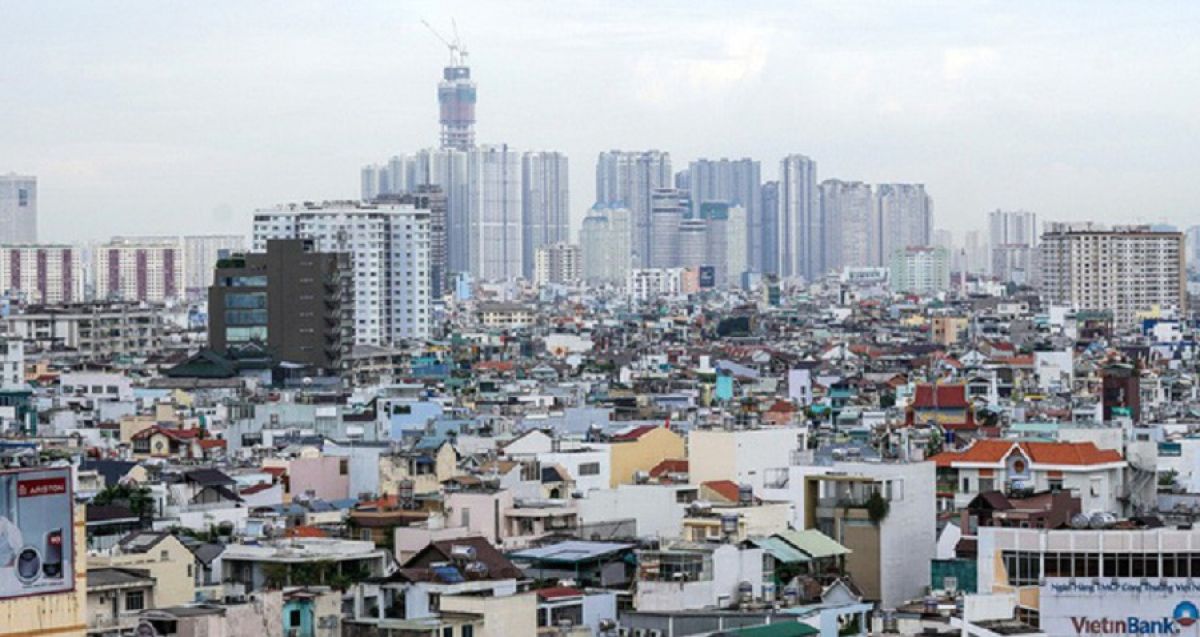HCMC is experiencing massive changes in terms of demographics and infrastructure, along with a burgeoning middle and affluent class, said Troy Griffiths, deputy managing director of Savills Vietnam.
The Southern city is believed to benefit from external factors such as trade tensions and the Government’s efforts to improve the efficiency of state administrative management.
By 2025, population of HCMC is forecast to reach 14 million, a steep rise from the current figure of 8 million. Therefore, the residential sector is at the apex of HCMC’s growth, driven by a need for improved housing, a growing middle class, and an increasing number of foreign buyers.

The city serves as Vietnam’s gateway and a hub of commerce, capturing the growth in its dynamic residential market.
Strong immigration and a low urbanization ratio coupled with relatively high household occupancy and a large deficit of qualitative residential products are ripe for residential development. The market witnesses the first generation of high-density apartment living, which now allows affordable homes for the mass market.
Meanwhile, historical property supply in the city has predominantly been grade C dwellings as opposed to future supply, handovers, and launches tending to be mostly grade C. This is driven by owner-occupiers who are being overly exposed to debt, therefore the feasibility of a housing bubble remains low.
Grade C has largely been a market driver, but more launches of grade A apartments and grade upper B ones are now occurring, occasionally at eye-watering prices. New grade A apartments tend to be located close to the central business district (CBD) and built in line with international standards.
Besides, retail is also serving as another positive factor as the city’s retail industry has been performing well in recent years. The local supply has risen along with take-up and rents. By 2021, Savills expects the total retail stock to stand around 1.4 million square meters and this figure is estimated to rise by one-third.
Saigon consumers prefer large-scale shopping centers as a leisure destination, forcing malls outside of the CBD to restructure their tenant mix by adding increased service tenants such as food and beverages, healthcare, education, and gyms. These types of tenants typically seek longer leases at lower rents which also serves to boost footfall. New malls tend to enjoy a large proportion of service tenants.
Over the past five years, HCMC’s office market has remained steady, with rising rents, take-up, and even supply. Rents for grade A offices continued to lead the market, increasing by 2 percent during this year’s first quarter and 13 percent since early last year.
The city has experienced a rapid growth in the co-working space market in the last two years, with a rise of 90 percent year-on-year. Local co-working spaces have now hit more than 37,000 sqm, with 56 percent located in the CBD.
Flexible working spaces in HCMC are among the top three fastest growing markets throughout the Asia-Pacific region, according to CBRE Vietnam. Flexible working spaces are said to include service offices and co-working spaces.
Total supply of flexible working spaces has hit 46,266 sqm, up 101 percent year-on-year. This figure is expected to double by the end of 2019, raising the penetration rate of the flexible working space segment to the city’s total office supply from 2 percent in the second quarter of 2019 to 5 pe cent in Q4.





















